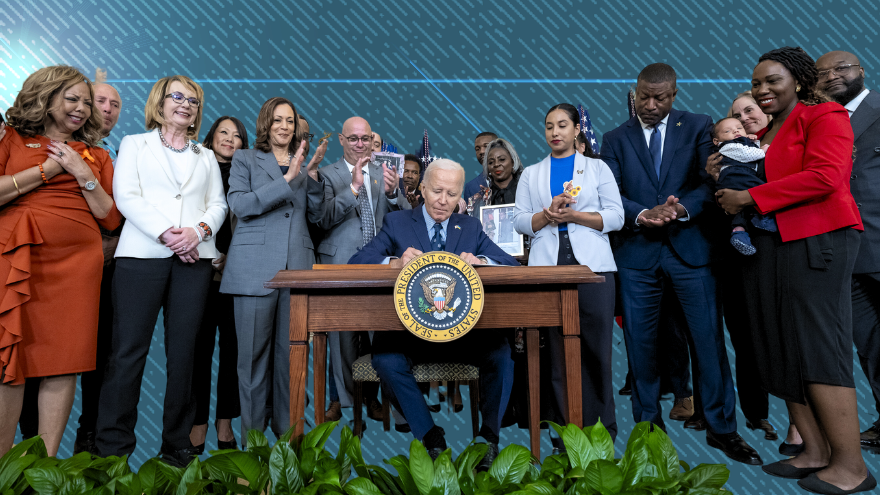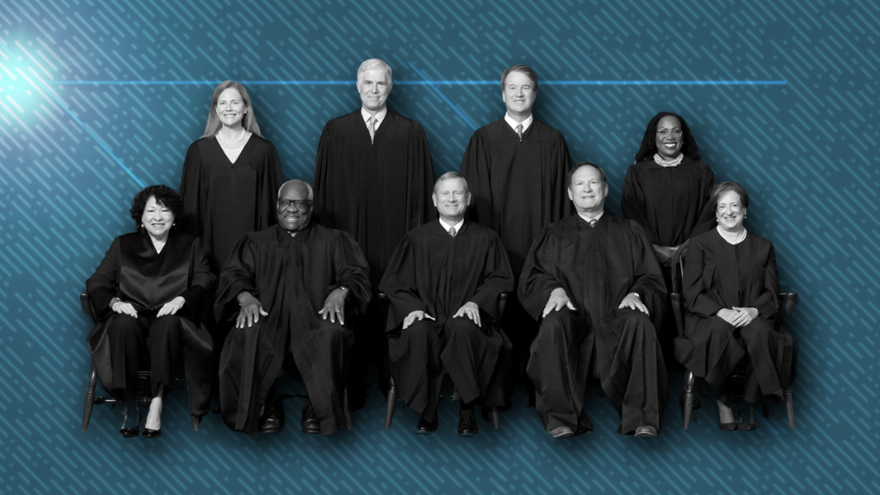The executive order creates the “Emerging Firearms Threats Task Force,” which will be chaired by the Director of the Office of Gun Violence Prevention. The task force will include top officials such as the Secretary of State, Attorney General, Secretary of Homeland Security, Secretary of Commerce, and the Counsel to the President. As outlined in the order, the task force is required to submit a report within 90 days that includes a risk assessment and a strategy to prohibit devices — often referred to as "trigger switches" — that can convert semi-automatic firearms into fully automatic weapons, also known as machine guns.President Joe Biden issued a new executive order aimed at tightening regulations on "machine gun conversion devices" and 3D-printed firearms, establishing a multi-agency task force to craft related policies.
Devices that turn semi-automatic firearms into fully automatic guns are called machinegun conversion devices – their impacts are devastating.
They're already illegal, but they're flooding our communities.
My new Task Force is working to address these emerging threats head-on. pic.twitter.com/5Z75BZB8Qb
— President Biden (@POTUS) September 27, 2024
Biden has also called for an investigation into the supply chain of these devices, as well as the software and technology used in the 3D printing of firearms. Additionally, the task force is expected to explore the legal avenues available to regulate both the hardware and software involved in the production of such devices.
In a related effort, the president has requested an assessment of whether 3D-printed firearms violate the Undetectable Firearms Act, which prohibits the manufacturing of guns that cannot be detected by metal detectors. This request signals a possible pathway toward more stringent regulations on 3D-printed firearms.
The executive order also raises the prospect of future federal confiscation efforts, as Biden called for “an interagency plan for seizing" 3D printers used to manufacture firearms.
Another major focus of the order is school safety, particularly in light of the ongoing concern over school shootings. Many students today express anxiety over the possibility of such incidents, and nearly all public schools now conduct active shooter drills. However, there is growing concern about the psychological toll these drills may take on students.
In response, the order directs the Department of Education, the Department of Health and Human Services, and other relevant agencies to collaborate on creating guidelines for age-appropriate and effective active shooter drills.
It also calls for more research into how schools can improve these drills, including making them more inclusive for students with disabilities and those who have experienced trauma.

